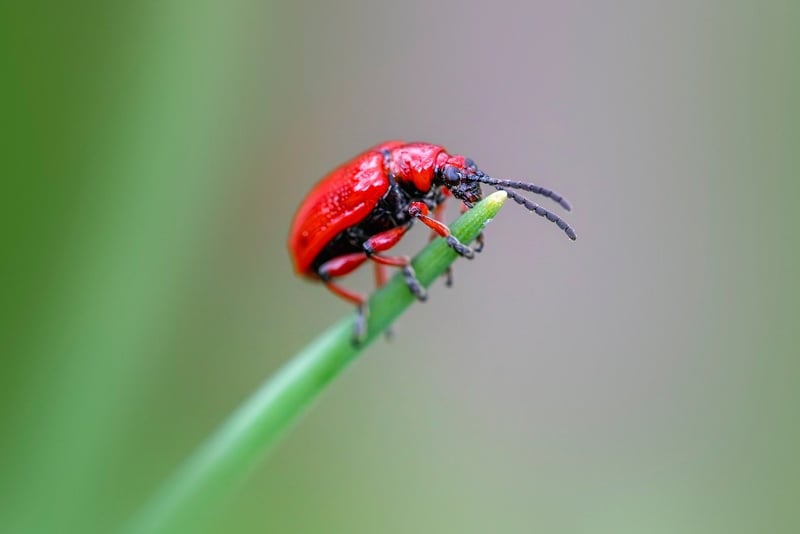Pest Management
The Ultimate Guide to Keeping Your Plants Healthy and Pest-Free
Introduction
Having a green thumb is a rewarding experience, but it comes with its challenges. One of the most common issues plant enthusiasts face is pest infestations. In this guide, we'll explore how to keep your plants healthy and pest-free, ensuring they thrive and bloom beautifully.
1. Choose the Right Plants
Start on the right foot by selecting plants that are well-suited to your climate and environment. Healthy plants are more resistant to pests and diseases.
2. Provide Proper Care
Water your plants appropriately, ensure they receive adequate sunlight, and feed them with the right nutrients. Healthy plants are less likely to attract pests.
3. Monitor Your Plants
Regularly inspect your plants for any signs of pest infestation. Look for yellowing leaves, holes, webs, or any unusual spots on the foliage.
4. Natural Remedies
Consider using natural remedies like neem oil, insecticidal soap, or homemade sprays to control pests. These methods are safe for your plants and the environment.
5. Practice Good Hygiene
Remove dead leaves, weeds, and any debris around your plants. Pests often hide in decaying matter, so keeping your garden clean can prevent infestations.
6. Companion Planting
Some plants naturally repel pests or attract beneficial insects. Explore companion planting to create a balanced ecosystem in your garden.
7. Physical Barriers
Use row covers, netting, or barriers to protect your plants from pests like birds, rabbits, or larger insects.
8. Seek Professional Help
If your pest problem persists, consult with a local gardening expert or extension office for tailored advice on pest management.
Conclusion
By following these tips and being proactive in your plant care routine, you can enjoy a lush and pest-free garden. Remember, prevention is key to maintaining healthy plants!

For more information on plant care and pest management, visit www.gardening.com.
